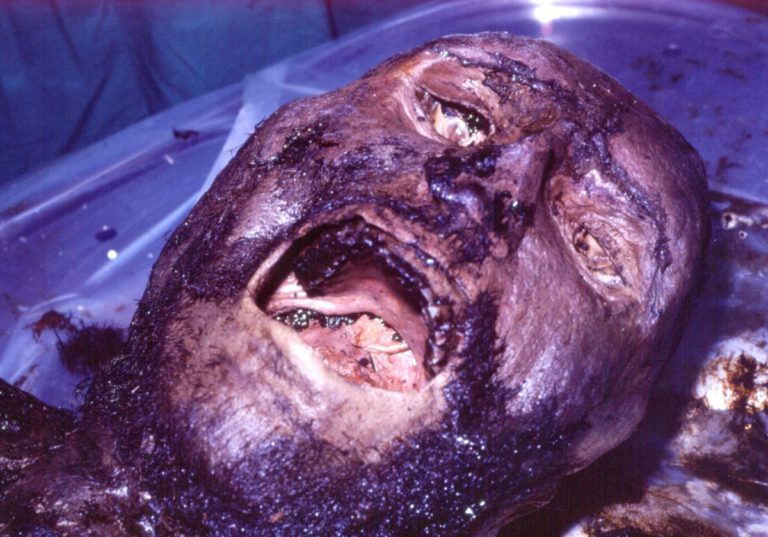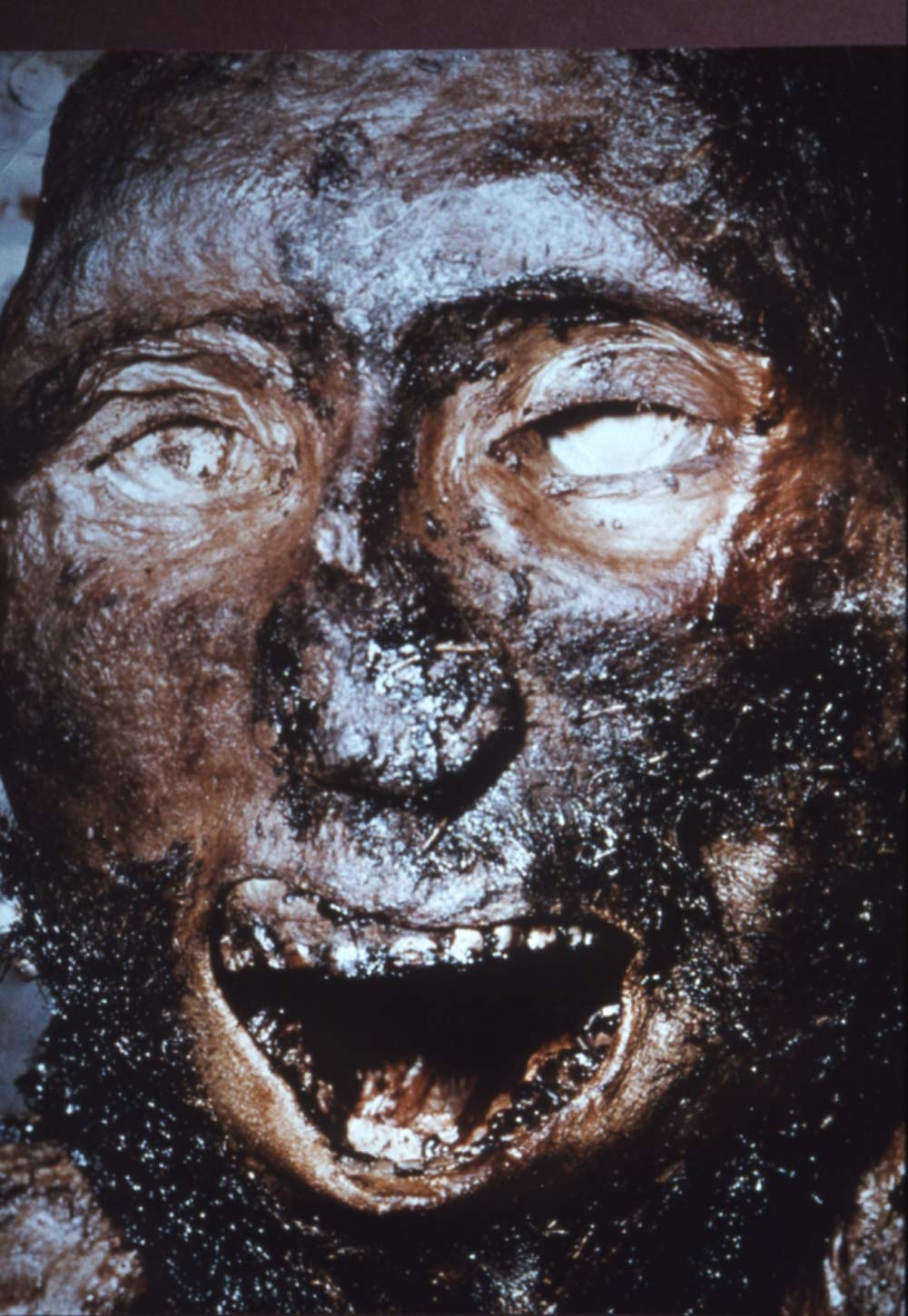Okay folks, buckle up because this St Bees Man project? It was a real deep dive. Like, seriously deep. Into the Iron Age and basically mud. Let me tell you straight up how it all went down, warts and all.

Stumbling Onto Bones (Figuratively!)
So picture this: I’m browsing through some archaeological forums one rainy Tuesday afternoon. Just killing time, really. Then bam, pictures of this skull pop up. The St Bees Man. Found buried near the sea in Cumbria ages ago. What got me? They reckon this dude kicked it sometime during the Iron Age. Think Romans might have been knocking about Britain, but honestly, who knows for sure? It’s way back. Felt weirdly personal, staring at the actual bones of someone who walked around over 2000 years ago.
The “I Can Totally Do This” Phase (Spoiler: I Was Wrong)
Initial thought? Simple! Grab some photos, fire up a freebie sculpting app, and bingo. How hard could reconstructing a face be? Answer: incredibly hard. Those first attempts? Utter disasters. Eyes looked like googly eyes stuck on a potato. Nose? Forget it – either a button or a ski jump. No sense of the person underneath.
What went wrong?
- Zoning in on the skull photos, trying to map where muscles should go.
- Clay sculpting digitally just made a muddy mess.
- Skin texture? Looked like plastic wrap stretched too tight.
- Hair? Let’s not talk about the haystack phase. Embarrassing.
Swearing & Switching Gears
Right, time out. This was getting frustrating. The old freebie tools just weren’t cutting it. Needed a better kit. Settled on a more serious (and way more expensive) piece of software – basically digital sculpting but for grown-ups. Way steeper learning curve. Watched tutorial videos until my eyes crossed.
The Real Grind (Dust & Details)
Started proper. Back to those skull photos. Zoomed in way closer than I probably needed to. Focused bit by bit:

- Bone First: Spent ages just tracing the exact contours of his skull in the software. Eyebrow ridges, cheekbones, jawline. All crucial.
- Meat on the Bone: Carefully built up the muscle layers based on those bony landmarks. Cheek muscles, temples, neck. Thicker here, thinner there. Kept tweaking.
- Skin Deep: The magic (painful magic) started here. Adding skin involved thinking about sun exposure (outdoorsy Iron Age life?), maybe age lines? His skull had signs he’d had a hard life – I tried to reflect that. Scars? Didn’t go crazy, but maybe a nick. Unevenness is key.
- Eyes & Soul: Getting the eyes right felt most important. Sculpted the lids, the surrounding flesh. Colour? Pure guesswork based on typical modern Brit genetics. Just went with brown. Gave him that tired look everyone gets sometimes.
- Hair & Scruff: Went for short, kind of messy dark hair. Iron Age shears probably weren’t stylish. Added some beard stubble – seemed practical, not fussy. Textured it to look slightly greasy because, let’s be honest, hot showers weren’t a thing.
- Finishing Touches: Added some slight skin colour variations, blotches maybe, like windburn or ruddy cheeks. Made sure the ears weren’t perfect. Even messed up one eyelid slightly just to avoid that creepy ‘doll’ look.
The Moment It Clicked (Sort Of)
There was a moment late one night – caffeine fueled – when I rotated the model and it stopped looking like a technical exercise. It looked… tired. Worn. Real. He had a broken nose that hadn’t healed perfectly. Gave him a slightly crooked look, not mean, just… lived-in. That felt right.
Staring Back Through Time (Kinda)
The final result? It’s still just a guess, obviously. But seeing that face finally rendered felt wild. This wasn’t a king or a warrior celebrated in tales. Just an ordinary guy. Maybe a shepherd? A fisherman? Lived hard, probably died rough. That broken nose tells a story of its own.
The reconstruction doesn’t give us dates or battles, but it makes you stop and think: These weren’t concepts in history books. They were real people. With faces you could pass on the street today. Seeing him look back, even digitally… it gets you right in the gut. Makes the Iron Age feel much less like dusty pottery fragments and way more human. That’s the secret the bones held, I reckon. The everyday humanity.
